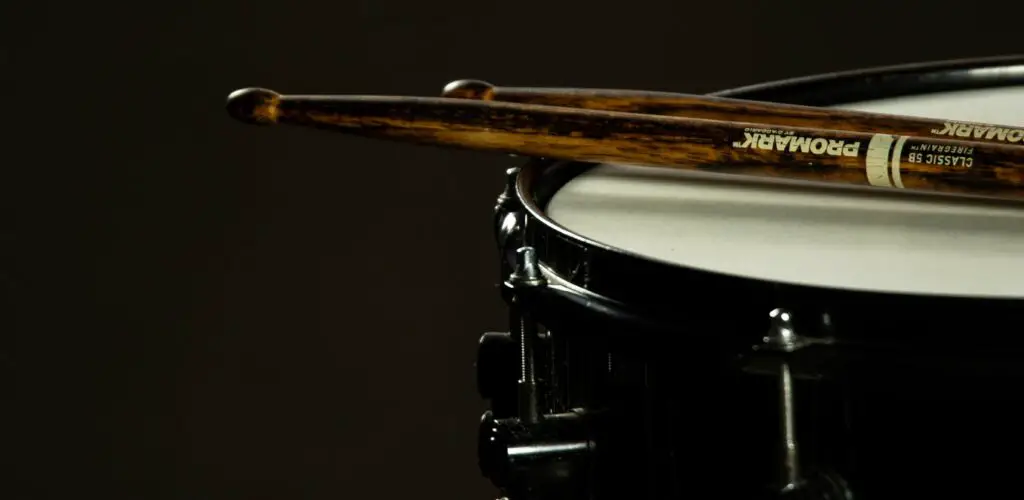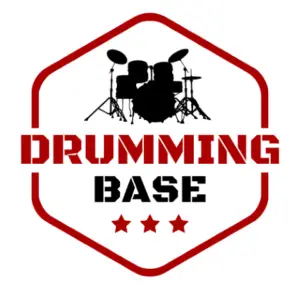Most drum kits have one snare drum, however, some players like to use a second snare drum which is also known as a side snare. But what is the point in this second snare?
Some drummers have two snares to allow them to achieve different sounds during a song. The second snare, also known as the side snare, is usually tuned to a higher pitch and can be used to add an accent. The side snare may also be smaller both in terms of depth and diameter than the main snare.

Types of Snare
The snare drum is a crucial part of the drum kit which is used to keep the beat. There are several different types of snare drums in an acoustic drum kit which vary in terms of their physical characteristics and consequently their tones.
It is rare that the second snare will be the exact same as the first snare and is is much more common to choose a snare with different characteristics to change its sound. Sometimes the physical characteristics of the snare (depth, diameter, material etc.) will be altered and other times it’ll just be the pitch.
Diameter and Depth
Most snare drums have a diameter of 14″ and depth of 6″. However, the diameter and depth can both vary slightly.
Snares can have smaller diameters which makes the drum sound tighter and makes the pitch higher. The most common diameters aside from the standard 14″ diameter are 10″, 12″ and 13″.
Some snares have a shallower depth of 5″ whereas other can be as deep as 8″. Snares with a shallower shell will sound sharper and have less sustain and resonance compared to deeper snares.
Shell Material and Thickness
Snares also have different shell materials, with wood and metal being the two most common options. You can also get different types of metal and wood which affects the time of the drum as well.
Maple is the most common type of wood used because it produces a balanced sound. Metal snares are usually made from brass.
Thicker shells make the snare have a higher pitch and sound louder.
Sound of the Second Snare
Most players who use a side snare will choose to tune it higher compared to the first snare.
The side snare will typically have a smaller diameter compared to the first snare. The most common diameter for the first snare is 14″ whereas the second snare will usually have a diameter of 10″ to 12″. This means the pitch is higher giving it a sharper sound.
It is also common to use a side snare which is shallower than the first snare. This means it will sound tighter and less resonance compared to the first snare.
Another approach is to go completely the other way and tune the second snare very low and fat to give it a deeper sound. However, this is a little less common.
Positioning of the Side Snare
In a standard drum kit the snare drum is positioned halfway between the hi-hat cymbals and the bass (kick drum). When adding a side snare it is usually located to the left of the first snare drum so it is slightly to the left of the hi-hat.
Should You Have a Side Snare?
If you are an advanced drummer and want to be a bit more experimental then adding a side snare is a great idea. It gives you more options when you are playing which can be great for adding accents.
However, if you are a relatively inexperienced drummer and are still getting to grips with your kit then there is no need to add a second snare.
Side snares are certainly not essential and although they can be fun to incorporate, you should focus on practicing with a single snare first before you even start considering adding a second.
If you are gigging then a side snare can be very useful as a backup. Some drummers like to have identical side and main snares but have them tuned to different pitches so if the main snare blows out then they can just change the pitch of their side snare and carry on!
Pros and Cons of Side Snares
Advantages of a Side Snare
- Allows you to incorporate different sounds
- Can be used as a backup if the main snare gets damaged
Disadvantages of a Side Snare
- Extra cost
- Extra setup at a gig
- Can be difficult to incorporate especially for beginners
Here are some more articles that you might find useful:

